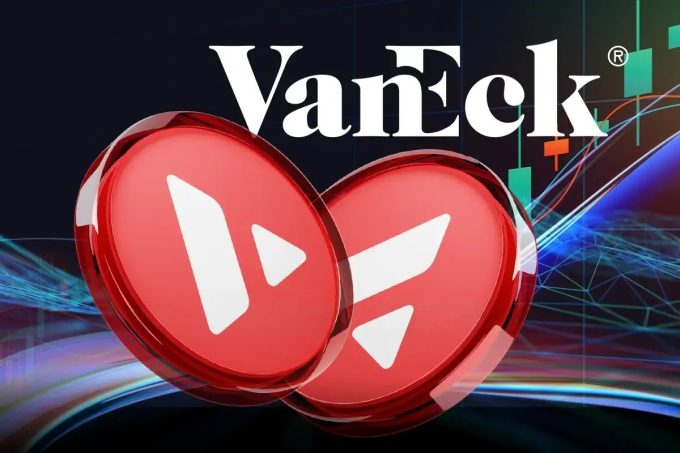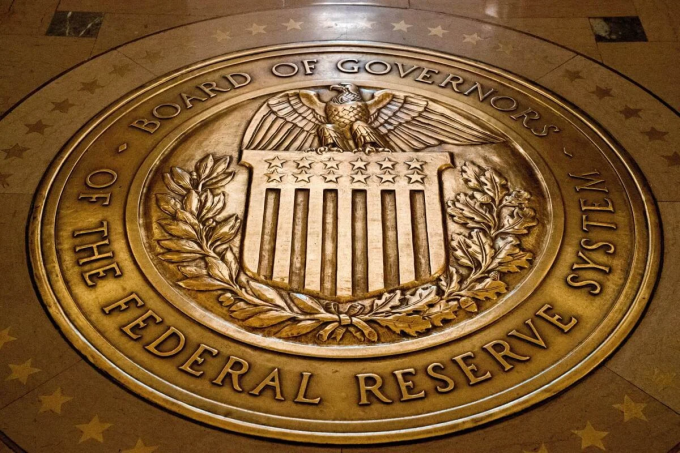MicroStrategy’s unprecedented Bitcoin accumulation strategy has drawn both admiration and scrutiny from traditional finance. On Tuesday, S&P Global Ratings assigned a “B-” long-term issuer rating to MicroStrategy Incorporated (NASDAQ: MSTR), citing the firm’s solid asset base from $8.1 billion in unrealized Bitcoin gains but cautioning that its heavy crypto exposure continues to limit credit flexibility.
The rating — classified as “highly speculative” — reflects the company’s dual identity as a business intelligence software provider and a de facto Bitcoin holding vehicle, a balance that continues to challenge conventional valuation frameworks.
Crypto-Backed Corporate Strategy Gains Traction
Since August 2020, MicroStrategy has pursued an aggressive Bitcoin acquisition program under Executive Chairman Michael Saylor, amassing over 226,500 BTC as of October 2025. With Bitcoin currently hovering around $68,000, the company’s holdings are valued at roughly $15.4 billion, representing more than 95% of its total assets.
While the recent S&P rating acknowledges these sizable paper gains, analysts emphasized that MicroStrategy’s liquidity remains tightly linked to Bitcoin market conditions. Any material downturn in BTC prices could pressure the company’s collateral position and debt-servicing ability.
Despite these risks, MicroStrategy shares have outperformed major crypto equities this quarter, rising 18% in October alone, compared to a 6% gain in Coinbase (COIN) and 4% in the Nasdaq Crypto Index. The rally underscores renewed investor conviction in Bitcoin-centric balance sheets amid rising expectations for institutional adoption and ETF inflows.
Investor Sentiment: Between Innovation and Leverage
Market analysts view S&P’s “B-” rating as a nuanced endorsement — acknowledging MicroStrategy’s strategic foresight but warning against overextension. “It’s an unusual case where a corporate credit rating mirrors crypto volatility,” said Elena Foster, a digital asset credit strategist at Arcadia Research. “The company has executed well, but its credit health is still tethered to a single, highly volatile asset class.”
MicroStrategy’s debt profile currently includes $2.2 billion in convertible notes and $500 million in senior secured notes, both collateralized by portions of its Bitcoin reserves. While these instruments have appreciated following Bitcoin’s price rally, they remain sensitive to downside shocks.
Institutional investors appear divided: some interpret S&P’s acknowledgment as validation of crypto-balance-sheet strategies, while others see it as a reminder of systemic concentration risk — particularly if Bitcoin retraces below $55,000, a level viewed as a critical support for MicroStrategy’s leverage ratio.
Psychological and Strategic Dimensions
Saylor’s thesis — that Bitcoin represents “digital energy” and the ultimate treasury reserve asset — has reshaped perceptions of corporate treasury management. For investors, MicroStrategy’s narrative taps both strategic conviction and psychological resilience: the idea that disciplined accumulation during volatility yields asymmetric upside over multi-year horizons.
This psychological component, reinforced by Saylor’s public communications, has turned MSTR into a bellwether for institutional confidence in crypto — its market cap rising and falling almost in tandem with Bitcoin’s momentum.
Looking Ahead: Balancing Leverage and Legacy
S&P’s “B-” rating may impose near-term borrowing constraints but also marks a symbolic bridge between traditional credit markets and crypto-native treasuries. If Bitcoin sustains its current price range or pushes past $75,000, MicroStrategy’s balance sheet could strengthen sufficiently to justify an upgrade within the next review cycle.
Still, execution risk remains. The company’s dependence on Bitcoin exposes it to liquidity shocks and regulatory shifts that could reshape corporate crypto accounting standards. For now, MicroStrategy stands as both a high-beta Bitcoin proxy and a test case for how far traditional credit frameworks can stretch to accommodate digital-asset exposure — a balance that could define the next phase of corporate crypto finance.













https://shorturl.fm/2gsHs